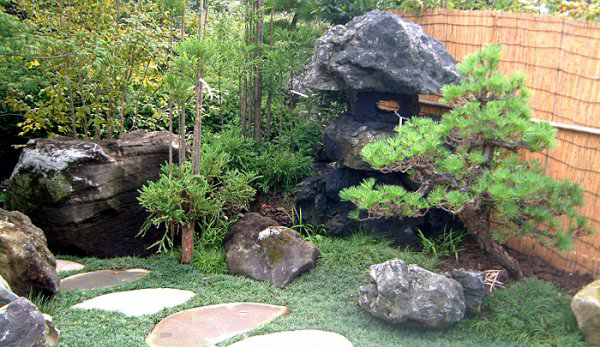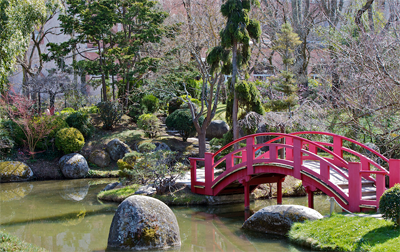 Japanese gardens are becoming more and more popular these days. The natural
beauty of the minimalist scenery and its calming effect entices people
to come over and over again. Did you know that you too can make this
kind of garden in your home? Armed with the gardening basics and a lot
of creative ideas, you can have a Japanese inspired garden that will be
the envy of your friends.
Japanese gardens are becoming more and more popular these days. The natural
beauty of the minimalist scenery and its calming effect entices people
to come over and over again. Did you know that you too can make this
kind of garden in your home? Armed with the gardening basics and a lot
of creative ideas, you can have a Japanese inspired garden that will be
the envy of your friends.
 Japanese gardens are becoming more and more popular these days. The natural
beauty of the minimalist scenery and its calming effect entices people
to come over and over again. Did you know that you too can make this
kind of garden in your home? Armed with the gardening basics and a lot
of creative ideas, you can have a Japanese inspired garden that will be
the envy of your friends.
Japanese gardens are becoming more and more popular these days. The natural
beauty of the minimalist scenery and its calming effect entices people
to come over and over again. Did you know that you too can make this
kind of garden in your home? Armed with the gardening basics and a lot
of creative ideas, you can have a Japanese inspired garden that will be
the envy of your friends.
Ornaments in a garden are basically used as accents for aesthetic enhancement. The ornaments in the form of bridges, Japanese lanterns and water basins will enhance the feeling peace and will unify the theme of the garden. The mellow light emanating from the stone lanterns would create an impressive visual impact. The soothing sound of water flowing to the water basins will add to the serene ambiance of the garden. Japanese gardening is in these days. Your neighbors may have this kind of garden too but the uniqueness of your garden ornaments will set your garden apart from the rest.
Share →

